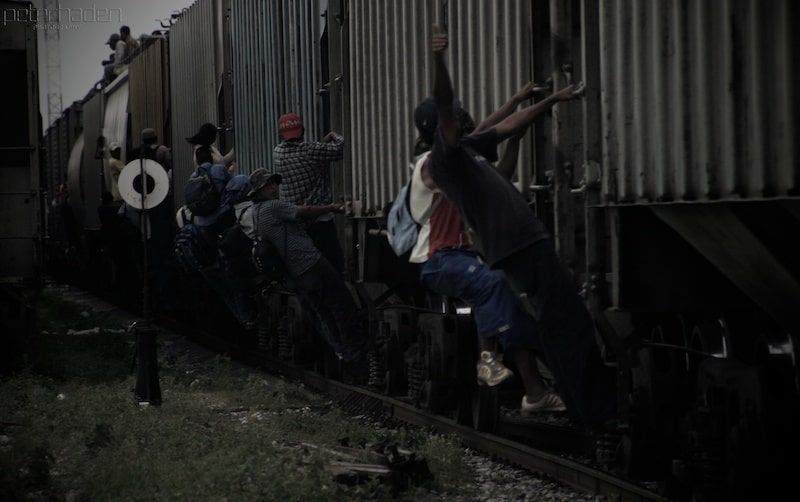Xalapa, a new migration route for Haitians and Central Americans
There are hundreds of Haitian and Central American migrants who continue to arrive in Veracruz in search of reaching the United States; the constant siege by organized crime, however, has caused them to look for new routes to reach their destination. Xalapa is one of them.





